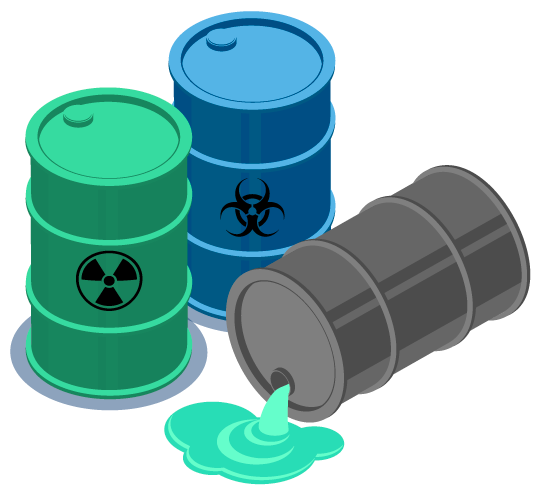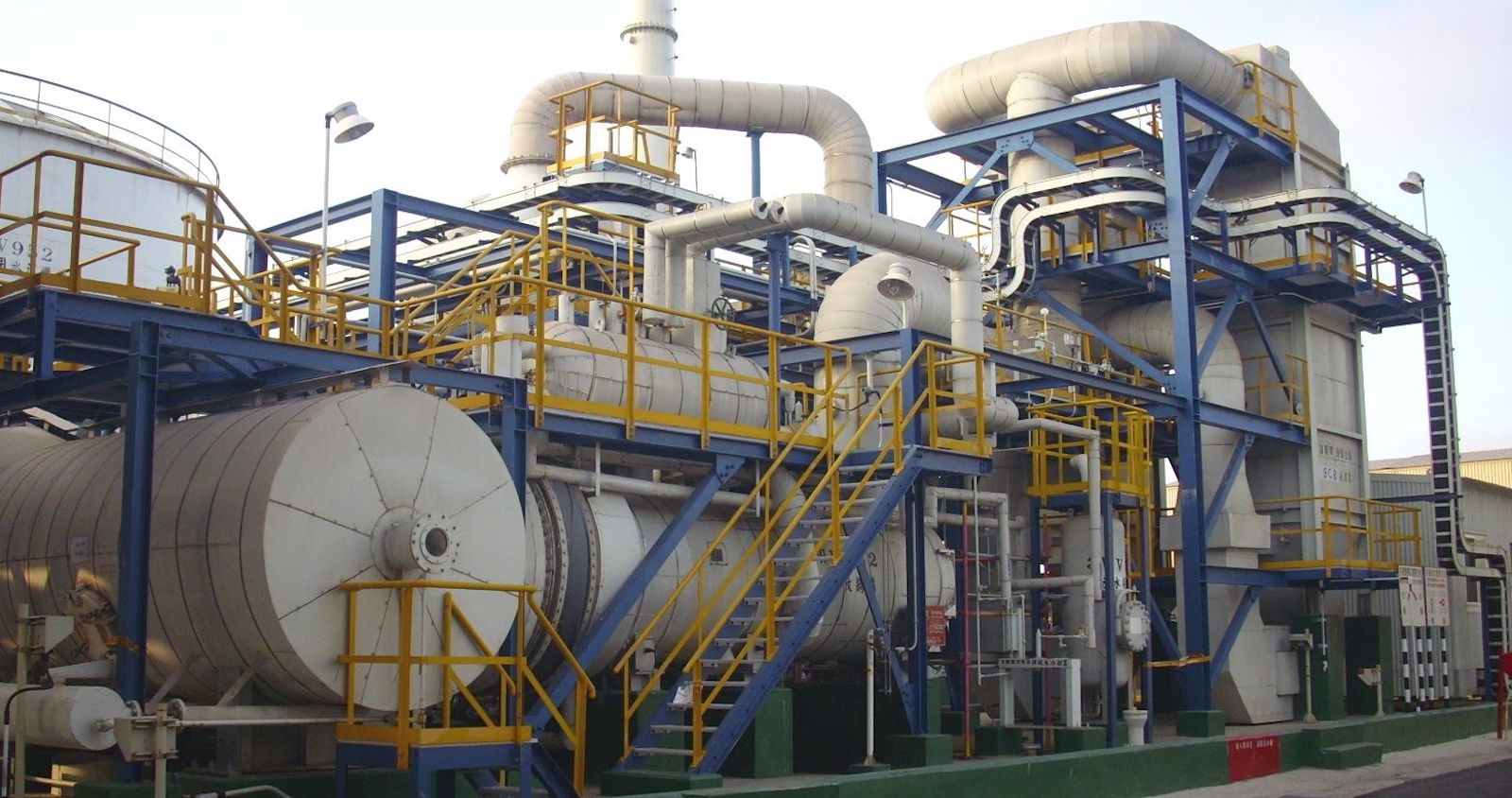Professional Liquid Waste Removal Melbourne: Rapid and Affordable Providers
Professional Liquid Waste Removal Melbourne: Rapid and Affordable Providers
Blog Article
Exactly How Liquid Garbage Disposal Functions: An In-depth Summary of Techniques and Technologies Used

Summary of Fluid Waste Kind
The complexity of liquid waste types necessitates an extensive understanding of their attributes and ramifications for disposal. Liquid waste can extensively be categorized into several kinds, consisting of commercial, local, agricultural, and dangerous waste. Each category exhibits distinctive properties, calling for details monitoring methods to minimize environmental and wellness threats.
Industrial liquid waste stems from producing procedures and commonly contains a series of contaminants, such as heavy metals, solvents, and organic compounds. Community liquid waste, primarily making up wastewater from households and business establishments, includes raw material, nutrients, and microorganisms (industrial wastewater treatment). Agricultural fluid waste, consisting of runoff from ranches, may contain plant foods, pesticides, and pet waste, posturing dangers to water top quality and environments
Harmful liquid waste is identified by its toxicity, reactivity, or possible to cause harm. This group consists of substances like acids, bases, and certain chemicals that require strict handling and disposal procedures. Comprehending these varied liquid waste types is vital for establishing efficient disposal methods and ensuring compliance with environmental policies. Correct classification and characterization are crucial for carrying out suitable therapy methods and decreasing the unfavorable influences on public health and the setting.
Physical Treatment Methods

Screening is the first step, where bigger bits and debris are gotten rid of from the fluid waste utilizing displays or grates. In sedimentation containers, much heavier particles resolve at the bottom, forming a sludge layer, while the made clear liquid can be more dealt with.
Filtration is an additional necessary technique that entails passing the liquid through permeable materials, such as sand or membrane layers, to capture smaller sized bits. This step enhances the top quality of the liquid, making it appropriate for succeeding treatment processes.

Chemical Therapy Techniques
Chemical therapy techniques are necessary for efficiently taking care of liquid waste, specifically in dealing with liquified and colloidal pollutants that physical approaches may not appropriately remove. These strategies utilize different chemical representatives to reduce the effects of, speed up, or change dangerous materials into less unsafe forms.
One typical approach is coagulation and flocculation, where chemicals such as alum or ferric chloride are included in advertise the gathering of suspended particles. This process boosts sedimentation, enabling simpler elimination of the resulting sludge. In addition, oxidation processes, employing representatives like chlorine or ozone, are used to damage down complex organic compounds and virus, providing the waste safer for discharge or additional treatment.
Neutralization is one more essential technique, which adjusts the pH of acidic or alkaline waste streams to neutral levels, stopping possible injury to downstream systems and the discover here environment. Furthermore, progressed oxidation procedures (AOPs) make use of mixes of oxidants and ultraviolet light to degrade persistent pollutants, achieving a higher level of treatment efficiency.
Biological Treatment Processes
Biological therapy procedures play an essential role in the management of liquid waste by utilizing microorganisms to decompose raw material and reduce impurity degrees. These procedures can be extensively categorized right into aerobic and anaerobic therapies, each using details microbial areas to accomplish efficient waste degradation.
Aerobic therapy entails the usage of oxygen to assist in the break down of organic products by bacteria. This process is typically implemented in turned on sludge systems, where oygenation storage tanks offer a conducive setting for microbial growth, resulting in the oxidation of natural contaminants. The resultant biomass can be separated from dealt with effluent with sedimentation.
In contrast, anaerobic therapy happens in the absence of oxygen, depending on various bacteria to damage down organic issue. This technique is particularly useful for high-strength waste, as it produces biogas, a renewable power source, while lowering sludge manufacturing. Technologies such as anaerobic digesters are frequently utilized in industrial and metropolitan applications.
Both anaerobic and cardio biological therapies not only decrease the environmental influence of liquid waste yet also assist in resource healing, making them important parts of sustainable waste administration strategies. Their effectiveness, flexibility, and effectiveness sustain their prevalent implementation across various industries.
Arising Technologies in Disposal
Cutting-edge methods to liquid waste disposal are quickly developing, driven by improvements in modern technology and a raising focus on sustainability. Among these arising innovations, membrane bioreactors (MBRs) have actually obtained traction for their capability to integrate biological therapy with membrane layer purification, leading to top quality effluent that can be recycled in different applications. MBRs enable smaller sized impacts and a lot more reliable operations compared to typical systems.
One hop over to here more encouraging advancement is making use of anaerobic digestion incorporated with nutrient recuperation modern technologies, which not only treats fluid waste however additionally produces biogas and recuperates important nutrients like nitrogen and phosphorus. This dual benefit enhances source effectiveness and reduces ecological effect.
Furthermore, progressed oxidation processes (AOPs) are being embraced for the deterioration of complex organic contaminants. These approaches make use of powerful oxidants and catalysts to damage down contaminants at the molecular level, using a very effective option for difficult waste streams.
Furthermore, the integration of synthetic knowledge and artificial intelligence in waste monitoring systems is optimizing functional effectiveness and predictive maintenance, causing reduced costs and boosted ecological compliance. These innovations mirror a significant change towards more lasting and efficient fluid waste disposal methods.
Final Thought
In final thought, effective liquid waste disposal requires a thorough understanding of various strategies and technologies. By constantly advancing these methods, it becomes possible to address the expanding difficulties associated with fluid waste, eventually adding to ecological security and resource healing.
Liquid waste disposal is a crucial facet of environmental administration, requiring a thorough understanding of numerous strategies and innovations customized to different waste types. Liquid waste can extensively be classified into numerous kinds, consisting of industrial, local, agricultural, and unsafe waste. Agricultural liquid waste, consisting of drainage from farms, might consist of plant foods, pesticides, and animal waste, posing here dangers to water high quality and communities.
Different physical treatment techniques play an important function in taking care of fluid waste efficiently - industrial wastewater treatment.In final thought, efficient fluid waste disposal requires an extensive understanding of various techniques and technologies
Report this page